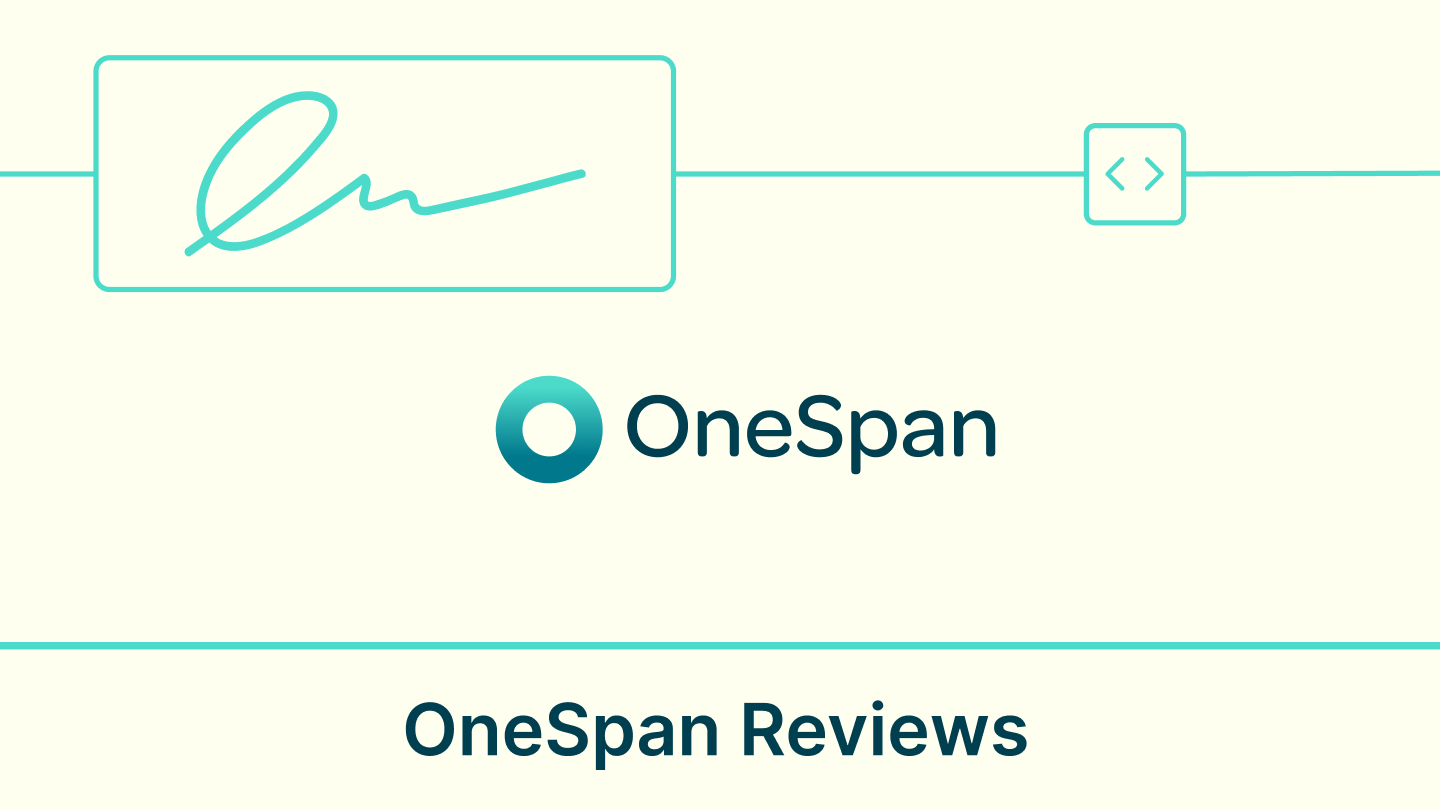As companies, school districts, and universities grapple with reopening post-pandemic, the topic of COVID waivers seems to be on everyone’s lips. If you are looking to reduce risk and liability as you reopen your organization to the public, it's time to consider using a COVID waiver form.
What is a COVID waiver form?
A COVID waiver form is a document presented by businesses or educational institutions that, when signed, waives the signer’s right to sue in the event that they contract COVID-19 on the business premises.
These waivers are useful for more than just workplaces and schools: patrons might be asked to sign a COVID waiver form when they go to the hairdresser, the dentist, the spa, the gym, a personal training facility, and so on.
Anyone who has engaged in any of these activities since the pandemic began has likely been asked to sign a COVID waiver.
Should my company or school have COVID 19 liability waiver?
When considering whether you should require employees, students, or guests to sign a COVID19 liability waiver, there are a few types you should know about:
Consumer waivers: Many businesses provide services that have always required customers to sign consumer waivers. Businesses that offer slightly risky services like amusement parks, ski hills, and trampoline parks, typically ask consumers to sign a consent form or liability waiver. Basically, they ask you to acknowledge the risk, effectively removing your right to sue if anything happens to you as a result.
With a COVID 19 liability waiver form, the same idea applies, but for businesses that are not typically associated with higher-than-average risk. Barbershops, gyms, daycare centers, and schools are examples of where you may see consumer waivers being used more often than you’re used to.
Employee Waivers: In seeking to reduce their liability, some companies are asking their employees to sign waivers before returning to work. These waivers help the company mitigate its risk when it comes to employees contracting COVID-19 at work. The document also serves to define expectations for employee behavior while at work. For example, some of these waivers will stipulate that employees must wear a mask or abide by social distancing guidelines while at the office.
Student Waivers: Many school districts and colleges closed their campuses in March 2020. They are now faced with a choice between returning to campus full-time, going completely remote, or adopting a hybrid model. As institutions ultimately seek to return to at least partial on-site instruction, some schools are requesting that parents of registered students sign COVID waivers.
Should your company or school put one of the above-mentioned COVID waivers in place? It depends on the situation. Some states are very accommodating when it comes to waivers like these, and in the eyes of the law, they become binding the moment they are signed. Other states take a different approach, taking into account the circumstances applicable to the waiver and the scenario in which it was signed. To understand whether a waiver will hold up in your city, state, or district, it’s best to work with a local legal representative and seek some basic legal advice.
What is a vaccine waiver form?
The vaccine waiver form is a document that companies can ask their employees and students to sign if they are conducting coronavirus vaccination drives. In this form, individuals need to confirm that they have voluntarily chosen to obtain the vaccine and they are under no pressure from your organization to do so. The vaccine waiver form typically also states that the individual assumes all risks related to requesting the vaccination, including the chance of contracting coronavirus while visiting the vaccination center and any complications or side effects of the vaccine.
Can a COVID waiver form be electronically signed?
Like many other processes in a post-pandemic world, you will want to facilitate contactless signing for COVID 19 pandemic waivers. Sharing a pen or tablet increases the risk of transmitting coronavirus and other communicable diseases. To make the signing process contactless, there are generally two approaches you can take.
One is to set up shareable electronic waiver template links. In this case, the person can scan a QR code on your desk, for example. The code will load your COVID waiver form on their mobile phone, and they can fill in the required information and sign from there. This results in a fully contactless signing of a COVID 19 waiver.
A second way is to send the waiver to signers in advance. If you are expecting a visitor, or if you have a consent form that all parents need to sign, you can email them a link before they set foot on your premises. Again, you would use a sharable template link and have individuals sign the form in a contactless manner.
Want to find out more about how eSignatures can be used to sign a liability waiver? Just write to us at sales@. You can also sign up for a free trial of our eSignature software here.











